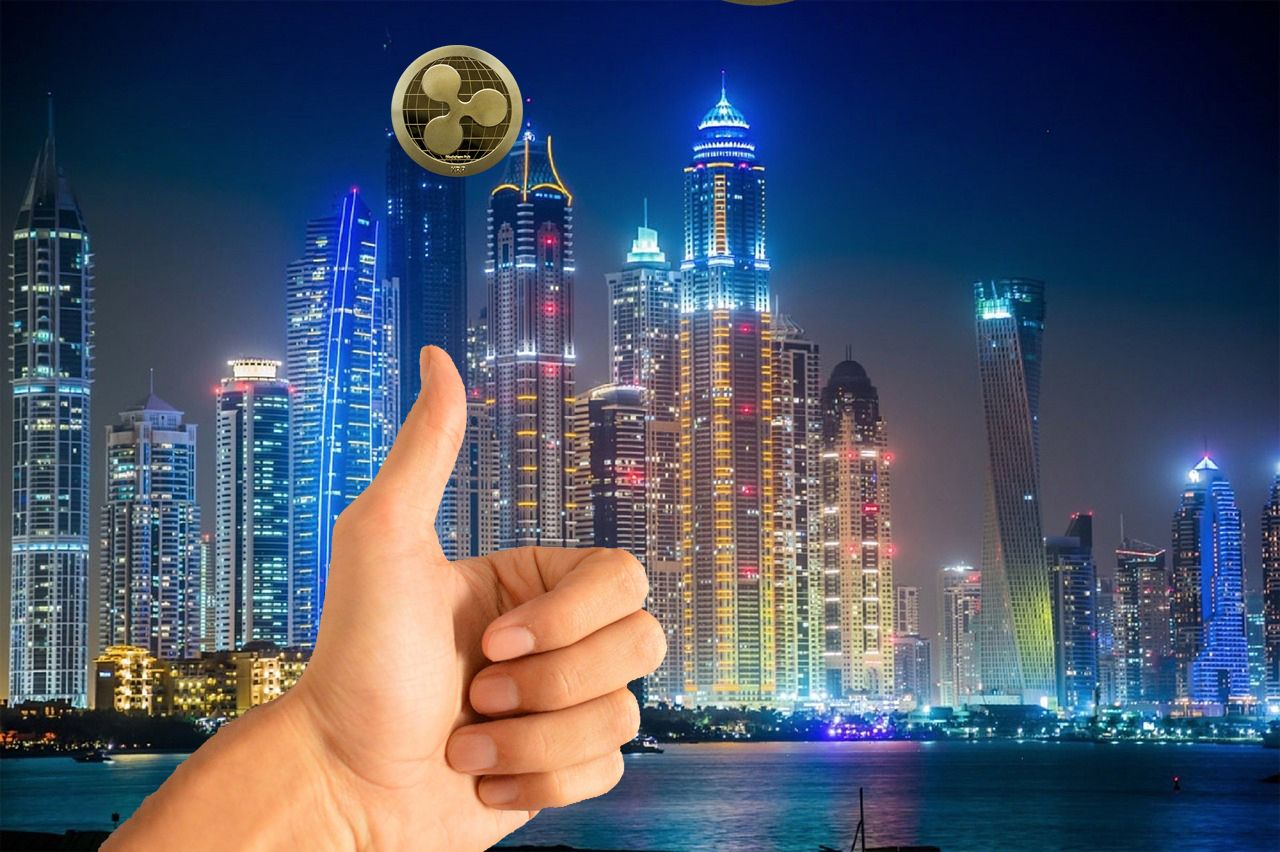The Yin and Yang of cryptocurrency investing

The wisdom of thousands of years ago is no less relevant in today's world of rapidly advancing technology. Let us draw on the Eastern philosophy of Yin and Yang and use Ripple (both the currency and the technology) as our case study.
For those unfamiliar with this concept, think of opposites like light/dark, war/peace, male/female and so on. Anything that represents something that is the opposite of the other. Going a little further, the theory suggests that any pair that that is a complimentary polar opposite actually requires this for either to have any meaning.
When you look at Ripple (XRP) and its status of the highest gain of any Altcoin in 2017 of some thirty thousand per cent, it would seem like a crypto investors dream come true. Add to the recent signings the company has made in recent weeks with financial institutions, it would seem that this stellar rise is set to continue into 2018. At the time of this post
XRP is still well shy of it's all time high in January, the trend and fundamentals appear very positive.
However, there are those who believe that Ripple goes against one of the most attractive aspects of cryptocurrency, that being decentralisation. As we know, Ripple Labs is a company and the technology xCurrent is what is attracting banks all over the world, bringing payment speeds of just seconds compared with older methods that took days.
So, the Yin Yang here is that for the Ripple currency to continue to grow in value, the centralised institutions (banks and payment processors) must embrace it to remain competitive in the coming years. It would seem like the ultimate win-win for everybody concerned. Banks, Ripple the company and of course, investors.
The coming months in 2018 should tell a story, but for now, the two opposing forces of banks and cryptocurrency investors are reliant on each other for at least the medium-term future. As another example, the king of coins, Bitcoin should keep appreciating in value, as it was designed to be like physical gold and the fact that it competes against traditional money like the dollar, which does not grow in value over time, but in fact goes in the opposite direction.
One needs the other, otherwise it has no relevance on it's own.